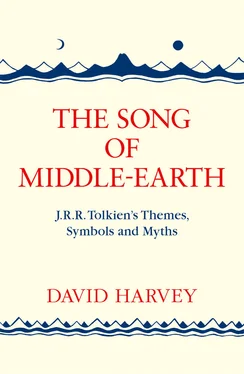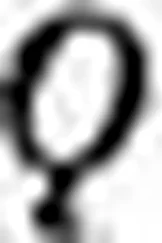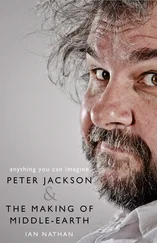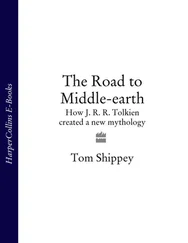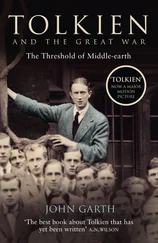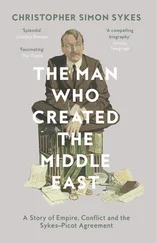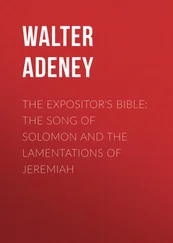For the anthropologist, myth has a different function or purpose. For example, the controversial Eliade defines ‘fables’ or ‘tales’ as false stories. Where myth is still alive, it is a true story. Tales dealing with the origin of the world, the adventures of a national hero or of the world of the shaman are true, whereas tales of a profane content, such as those of tricksters, deceivers and rogues, are false. However, caveats must be added to Eliade’s theories because for Eliade a myth is always an origin story which functions for existential orientation in the widest sense. They ‘transport men ontologically and experientially into the non-temporal “time” of the “beginnings”. They originate as expressions of the desire to accomplish this orientation.’ 11
But can it be said that myths and mythologies have any relevance to the here and now of the twentieth century. What has become of myths in the modern world? What has taken the place that myth used to occupy in primitive societies? The world of myth is a continuous source of knowledge which is required for the crucial problems of man’s existence – war and peace, life and death, good and evil, truth and falsehood. Myth at an individual level has never disappeared. It exists in dreams, fantasies and in the longings of every one of us. Even what we call myths at the present time are expressions of the experience of earlier times, and what we are willing to regard as myths current in our own time are, for the most part, what we recognise to be the survivals or revivals of those earlier myths. As I have already stated, Marxist Communism is strongly mythic, especially in its eschatological aspects. It has the part played by the just and good and their redemption (the dictatorship of the proletariat). The classless, stateless society is the Golden Age which pre- or post-dates recorded historical existence. Nazism, with its feet embedded in the Teutonic myth, had problems. The racial myth was limited in appeal, and there was the inevitable pessimism of the Teutonic myth, beset as it was with Ragnarok or Gotterdammerung and the total destruction of everything. Teutonic myth was a bad foundation for a political order. It holds out no hope, unlike Christianity. Rather, it faces a climax in total blood and destruction.
Carl Jung, in Modern Man in Search of a Soul, suggests that modern man is on a quest for a new myth, which alone could enable mankind to draw upon fresh spiritual resources and renew its creative powers since its profound break (speculated by Jung) with Christianity. If we accept Jung’s theory of myth, dealing as it does with archetypes and the subconscious, the popularity of modern media efforts such as Star Wars, Close Encounters of the Third Kind and E.T. are explicable. They appeal to the subconscious desire for the hero, or the desire to touch the hand of a superior being.
Thus, the images and themes remain the same although the mystical or religious basis for myth seems to have faded. Man harks back to archetypes, expresses his primitive fears and seeks universal understanding. For these reasons, and many others, the popularity of the Middle-earth books by Tolkien is explicable. Tolkien set out to create a mythology for England. His was not a mystic mythology, based in symbolic religious rite. His mythology is founded upon the basic symbols which permeate all mythologies that have come to us as part of the heritage and literature of cultures. Tolkien also uses his mythology to explain a language and the development of the linguistic process. His ability to fasten upon the themes, the symbols, the archetypes and the structure of the mythic tales is not accidental but planned. Because he deals with elemental themes he appeals to man’s search for universal truths. Such basic ingredients of myth are present in Tolkien’s work. But it is appropriate, before we examine Tolkien’s myth, that we look briefly at myth as a literary form, for it is upon this that Tolkien constructed the Middle-earth mythology.
CHAPTER 2
The Myth as Literature
Although myth began as a symbolic tale with a ritual or religious meaning, today myths are the stories of a culture, and as much importance is placed upon their position within the literature of a culture, as upon their significance within its religious or social development. The myth collectors or the myth writers were trying to preserve part of the culture or interpret the cultural tales within the field of literature. It is unlikely that the ancient collectors were as motivated as Sir George Grey who studied the mythology of the New Zealand Maori so that he could better understand their culture and thereby deal with them more effectively. At a later date Grey collected the myths together and had them published, but the primary function of the collection was for the purposes of a cultural understanding.
Voltaire was far more cynical, but was dealing with far less practical and essentially primitive people when he said that the study of myths was an occupation for blockheads. However, the transition point for myths into a literary heritage is impossible to place. I believe that history takes over. The myth becomes part of the history of a culture and becomes recorded with it and, in doing so, becomes a part of the literature of the culture. For example, there was a siege of Troy. The myth aspect is the part that the gods played. In such a case there is an overlap between myth and history. The great expedition involves aspects of the sacred traditions. There can be no doubt that the Greeks did believe that the gods or supernatural forces were involved. It was only natural to mingle the acts of the gods with the acts of the heroes. Thus we have, in the Iliad and the Odyssey, a mingling of myth and legend for, in my opinion, pure ‘legend’ has a hero (be he folk or culture) as the main protagonist, whereas ‘pure’ myth is more religious in that it deals with the gods – the spiritual creative animi. Yet legend may have within it the raw symbolic power of myth that can lift it above folktale into allegory and indeed higher to the level of myth without the religious influence, although the hero of legend may be viewed with an almost religious awe.
Of course, the historians and writers may themselves create myths to embellish or background their history. Aristotle, for example, believed that myths as devised by Plato were a means of subordinating individuals to the devices of the State. In the sense that early societies were superstitious theocracies dominated by shamans, there is obvious validity in Aristotle’s supposition. To cross the line from theocracy to autocracy is not a long step, and would involve a small amendment to the tale but not the theme. Machiavelli, although dealing with historical examples, generalises to such a degree that the ancient power struggles which he describes in The Prince in Books IV–VIII become almost mythic archetypes for the political philosophy that he advocates. He has ‘mythologised’ history as a background for his advice to his patron. Der Mythus des 20 Jahrhunderts by Rosenberg is the Nazi ideology incorporated into a mythic form. Communist writers, even today, use quasi-mythic symbols in their writing – ‘the valiant soldiers, sailors and workers’ or ‘capitalist roaders’ and ‘running dogs’. This is not to say that modern political mythology is restricted to the east of the Iron Curtain. The United States system is full of mythic symbols, heroes and folk-legends. The War of Independence and those who were involved in it have achieved a mythic status. The ‘temples’ to the heroes of the Republic, the Lincoln and Jefferson Memorials, the Washington Monument and Mt Rushmore all take their places in the sacred political history alongside such relics as the Declaration of Independence, the Constitution and the Bill of Rights. J. Edgar Hoover and Senator Joseph McCarthy also made their contribution to the ritual political language with phrases such as ‘Communist front’, ‘Communist dupe’ and ‘Are you or have you ever been a member … ?’ Thus, the myth may be a background to a present history or even a part of it.
Читать дальше
